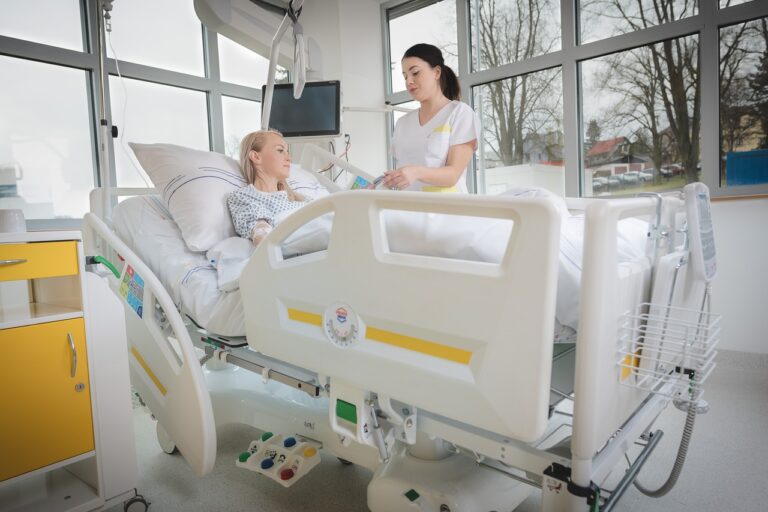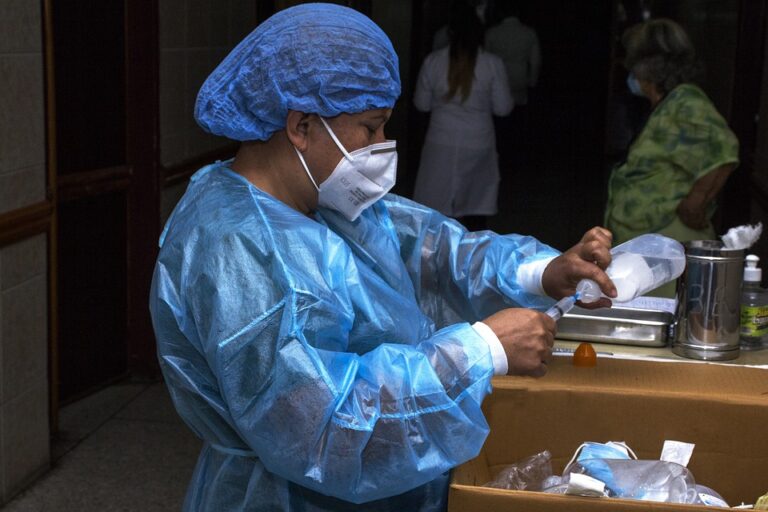Book Appointment Now

How SOAP Notes Affect Patient Care and Outcomes
Accurate SOAP (Subjective, Objective, Assessment, Plan) notes are critical in nursing, serving as the foundation of quality patient care and protecting healthcare providers in legal cases. In many instances, how SOAP notes affect patient care and outcomes becomes apparent in legal cases where documentation practices directly influence case outcomes. This article explores case scenarios where SOAP notes have impacted both patient outcomes and legal proceedings, emphasizing the importance of accurate, timely, and thorough documentation.
Get a custom nursing SOAP notes paper help
Order Custom Nursing Paper
The Role of SOAP Notes in Patient Care and Legal Cases
SOAP notes offer a standardized format for capturing patient information, treatment decisions, and care outcomes. They are crucial for ensuring continuity of care, communicating effectively across healthcare teams, and providing an objective record in the event of legal disputes. Inadequate SOAP documentation, however, can result in misunderstandings, care errors, and even liability claims. Conversely, high-quality documentation can protect providers and improve patient outcomes by facilitating clear, coordinated care.
Below, we examine case scenarios that illustrate the impact of SOAP notes on both patient care and legal outcomes.
Case Scenario 1: Inadequate Documentation Leading to Missed Diagnosis
In this case, a patient presented to the emergency room with severe abdominal pain. During the initial nursing assessment, the patient reported mild fever and nausea, which the nurse documented in the Subjective section. However, the Objective section was vague, noting only “appears in discomfort,” without specific observations or vital signs. The Assessment and Plan were also incomplete, lacking detail on the patient’s risk factors or potential diagnoses.
- Impact on Patient Care: The lack of detailed documentation contributed to a missed diagnosis of appendicitis, as critical information (such as precise pain location, vital signs, and physical assessment findings) was absent from the SOAP note. The patient’s condition worsened and required emergency surgery when appendicitis was finally identified.
- Legal Outcome: The patient filed a malpractice lawsuit, arguing that the delay in diagnosis resulted from inadequate documentation and assessment. The case highlighted how incomplete SOAP notes can impact patient care, contributing to legal risks and unfavorable outcomes for both patient and provider.
This case underscores the need for detailed documentation in SOAP notes, especially in high-risk cases where small details can make a difference in patient outcomes.
Case Scenario 2: Clear Documentation Supporting Nursing Actions in a Medication Error
In another case, a nurse documented the administration of a newly prescribed medication for a patient with chronic kidney disease. The SOAP notes indicated that the patient reported feeling “unusually weak” (Subjective), and the Objective section noted a low urine output and abnormal lab results indicating potential kidney issues. The nurse recorded these findings and alerted the physician, documenting the interaction in the Plan section. Despite the nurse’s documentation, the physician advised continuing the medication, which later resulted in a severe adverse reaction.
- Impact on Patient Care: Because the nurse’s concerns and the physician’s instructions were documented clearly in the SOAP note, this transparency helped ensure accountability and informed decision-making. Unfortunately, the adverse reaction led to a prolonged hospital stay, though prompt documentation helped the healthcare team respond more effectively.
- Legal Outcome: In the ensuing legal case, the nurse’s SOAP note served as evidence, demonstrating that appropriate actions were taken to communicate concerns. The documentation helped protect the nurse from liability, as it showed that the nurse had escalated the issue appropriately.
This scenario highlights the importance of comprehensive SOAP documentation, especially in cases where adverse events are possible. Clear records support continuity of care and protect providers in legal cases by showing the steps taken to ensure patient safety.
Case Scenario 3: Failure to Update SOAP Notes Resulting in Medication Overdose
In this scenario, a patient was admitted to the hospital for pain management. Initially, the nurse documented the patient’s pain levels, vitals, and the Plan to increase pain medication. However, as the patient’s condition improved, the nurse failed to update the SOAP note accurately, and the Plan section continued to indicate the need for higher pain management, leading to an overdose when another provider referenced the outdated note.
- Impact on Patient Care: Because the SOAP notes were not updated, the healthcare team unknowingly administered a higher-than-needed dosage of pain medication, resulting in an overdose that required emergency intervention. The outdated Plan section created a gap in care that impacted the patient’s health and safety.
- Legal Outcome: The patient filed a lawsuit citing negligence due to inadequate documentation. The healthcare facility ultimately settled, acknowledging that incomplete documentation contributed to the medication error. This case reinforced the importance of accurate, real-time updates in SOAP notes to prevent misunderstandings and ensure patient safety.
This case illustrates how failing to update SOAP notes can have serious consequences for patient outcomes and lead to liability issues. Timely documentation adjustments are crucial for reflecting changes in a patient’s care plan accurately.
Case Scenario 4: Thorough Documentation Preventing Miscommunication in Post-Operative Care
In a surgical unit, a nurse documented a patient’s post-operative progress in detail, noting all reported symptoms, observed physical signs, and any concerns about potential complications. The patient reported discomfort at the surgical site and a feeling of tightness, which the nurse documented in the Subjective section. In the Objective section, the nurse recorded slightly elevated temperature and swelling. The Assessment included the risk of infection, and the Plan included a call to the surgeon, who later prescribed antibiotics.
- Impact on Patient Care: The nurse’s detailed SOAP notes allowed the healthcare team to detect early signs of infection and address them promptly. This documentation enabled the nurse to communicate potential complications to the physician quickly, preventing more severe outcomes for the patient.
- Legal Outcome: When the patient’s family inquired about the possibility of a post-surgical infection, the SOAP notes provided clear evidence that all necessary actions had been taken, documenting each step thoroughly. This prevented legal escalation by demonstrating appropriate monitoring and care.
In this example, the quality of SOAP notes positively affected patient care and helped avert legal challenges by ensuring accurate, proactive communication with the healthcare team.
Key Lessons from Case Scenarios: Ensuring Legally Sound SOAP Notes
These case scenarios illustrate that how SOAP notes affect patient care and outcomes is significant. Poor documentation practices can lead to adverse events, while accurate, complete SOAP notes can protect healthcare providers from liability. Here are key lessons for creating legally sound SOAP notes:
- Be Thorough and Objective: Detailed documentation in each SOAP section helps other team members understand the patient’s status clearly. Avoid vague language and assumptions, and provide specific, factual information.
- Update Notes in Real-Time: Make changes in SOAP notes as soon as possible when the patient’s condition or treatment plan changes, ensuring continuity of care and preventing errors.
- Record Communication and Escalations: If concerns are escalated to a physician or another team member, document the conversation and actions taken. This ensures transparency and accountability in care decisions.
- Focus on Timeliness and Completeness: Delayed or incomplete notes can result in legal risks and gaps in care, so ensure that each section of the SOAP note is complete and up-to-date.
Following these documentation principles helps nurses provide high-quality, legally compliant care, reducing the likelihood of negative patient outcomes and protecting providers in the event of legal cases.
The Impact of SOAP Notes on Patient Care and Legal Outcomes
The case scenarios discussed illustrate how SOAP notes affect patient care and outcomes, showing that detailed, accurate documentation supports both effective care and legal protection. SOAP notes are an essential aspect of nursing that ensures patient information is recorded accurately, decisions are well-documented, and care is continuous. By adhering to best practices for thorough, timely documentation, nurses can improve patient outcomes and minimize legal risks, making SOAP notes an invaluable tool in quality healthcare.
Proper documentation is not only a clinical necessity but also a protective measure for nurses, providing both transparency and accountability in patient care.
Learn more on SOAP NOTES and Decision Trees. What is a SOAP Note? Elements of a SOAP Note. Learn How to Write A Good SOAP Note.




